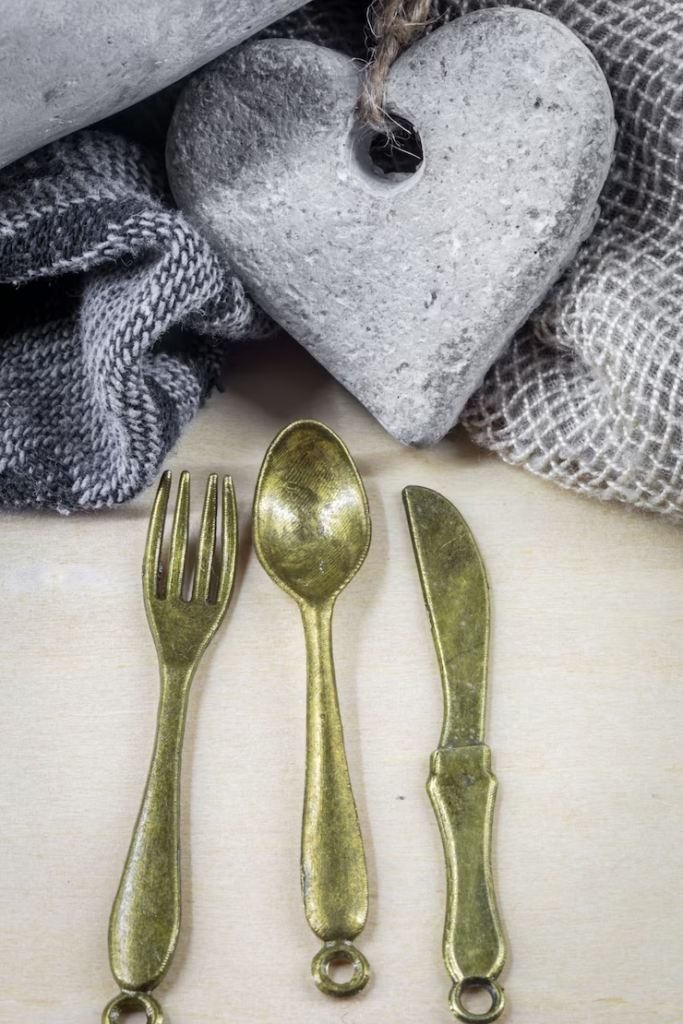Who Invented the Ladle? You might’ve asked this question at least once, perhaps while making a hearty soup or serving gravy over a holiday meal. You might’ve used a ladle just this morning, scooping out your favorite breakfast soup or dishing out some stew for later. It’s easy to take this handy tool for granted, yet the ladle boasts a history that weaves across cultures, centuries, and civilizations.
A Glimpse into the Past: The Pre-Hispanic Southwest
The ladle found its home in the pre-Hispanic Southwest long before stainless steel and plastic handles. Used similarly to our serving spoons today, it played a pivotal role in communal eating.
One can’t help but imagine the hands of the Pueblo Indigenous peoples crafting these tools between 900–1150 AD, a period fondly dubbed Pueblo II. This era wasn’t just about utensils. The Indigenous cultures of the time were known for their architectural prowess, constructing dwellings seamlessly integrated into the natural landscape.
Who Gets the Credit? The Pueblo Indigenous Peoples
While it’s nearly impossible to pinpoint a single inventor of the ladle, we can trace its historical usage back to specific communities. One of the oldest known usages comes from the Pueblo Indigenous peoples, who lived in the pre-Hispanic Southwest.

These spoons, often made of clay or stone, were essential to their community life between 900–1150 AD. Therefore, while we can’t credit a single individual or civilization with its invention, it’s evident that the ladle has a rich and ancient history, with the Pueblo Indigenous peoples being among the earliest known users.
The Evolution of the Ladle
While the basic design—a scoop with a long handle—has remained largely consistent, materials and crafting techniques have evolved. From stone or clay versions crafted by the Pueblo Indigenous peoples to today’s stainless steel or silicone options, the journey of the ladle through the corridors of time is fascinating. Key phrases like “serving soup,” “cooking tools,” and “kitchen utensils” might bring to mind modern images, but their roots dig deep into human history.
Why the Ladle is More than Just a Tool
The ladle is not merely a tool to transfer liquid; it’s a testament to shared meals, community bonding, and the love of food. Whether in an ancient Pueblo gathering or a modern family dinner, the ladle has always been at the center, ensuring everyone gets their share.

Moreover, it is often an unsung hero during festive occasions, holidays, and other significant life events. From weddings to funerals religious ceremonies to casual weekend brunches, the ladle is there—facilitating tradition, culture, and the simple joy of eating together.
Conclusion
From the hands of the ancient Pueblo peoples to the drawers in our modern kitchens, the ladle stands as a symbol of shared meals and cultural evolution. The next time you reach for that ladle, take a moment to appreciate its rich history—it’s more than just a kitchen utensil; it’s a bridge to our shared past. So the next time you scoop, pour, or serve, remember you’re not just using a tool. You’re holding a piece of human history.

Leave a Reply